Rising Healthcare Costs
The escalating costs associated with conventional healthcare in South Korea are prompting consumers to seek more affordable alternatives, thereby benefiting the homeopathy market. With healthcare expenditures rising significantly, many individuals are exploring homeopathic options as a cost-effective solution for managing health issues. Reports indicate that out-of-pocket expenses for healthcare have increased by approximately 15% over the past few years, leading to a shift in consumer behavior. Homeopathy, often perceived as a more economical choice, is gaining traction among those looking to reduce their healthcare spending. This trend is likely to drive growth in the homeopathy market, as more consumers turn to homeopathic remedies to alleviate various ailments without incurring substantial costs. The potential for cost savings may further enhance the appeal of homeopathy, positioning it as a viable alternative in the healthcare sector.
Supportive Regulatory Environment
The regulatory landscape in South Korea appears to be increasingly supportive of alternative medicine practices, including homeopathy. Recent initiatives by the government to recognize and regulate complementary and alternative therapies have created a more favorable environment for the homeopathy market. This regulatory support is crucial as it not only legitimizes homeopathic practices but also encourages practitioners to adhere to safety and quality standards. As a result, consumers may feel more confident in choosing homeopathic treatments, knowing they are backed by regulatory oversight. The homeopathy market is likely to benefit from this trend, as enhanced regulation can lead to increased consumer trust and, consequently, higher market penetration. Furthermore, the establishment of guidelines for practitioners may foster a more professional approach within the industry, further solidifying its position in the healthcare landscape.
Increasing Demand for Natural Remedies
The homeopathy market in South Korea is experiencing a notable increase in demand for natural remedies. This trend is largely driven by a growing consumer preference for holistic and non-invasive treatment options. As individuals become more health-conscious, they are seeking alternatives to conventional pharmaceuticals, which often come with side effects. Recent surveys indicate that approximately 60% of South Koreans are inclined to explore natural therapies, including homeopathy. This shift towards natural remedies is expected to propel the homeopathy market, as consumers prioritize wellness and preventive care. Furthermore, the increasing availability of homeopathic products in pharmacies and health stores is likely to enhance accessibility, thereby attracting a broader customer base. The homeopathy market is thus poised for growth as it aligns with the evolving preferences of health-conscious consumers.
Growing Interest in Preventive Healthcare
There is a discernible shift towards preventive healthcare in South Korea, which is positively influencing the homeopathy market. As awareness of the importance of preventive measures increases, consumers are more inclined to adopt homeopathic treatments that focus on maintaining health rather than merely treating illness. This proactive approach to health management aligns well with the principles of homeopathy, which emphasizes individualized treatment and holistic care. The homeopathy market is likely to see a surge in interest as consumers seek remedies that not only address current health concerns but also promote overall well-being. Additionally, educational campaigns highlighting the benefits of preventive healthcare may further stimulate demand for homeopathic solutions, encouraging individuals to incorporate these remedies into their daily health routines.
Technological Advancements in Product Development
Technological innovations in product development are playing a pivotal role in shaping the homeopathy market in South Korea. Advances in research and manufacturing processes are enabling the creation of more effective and diverse homeopathic products. This evolution is likely to enhance the quality and efficacy of homeopathic remedies, making them more appealing to consumers. Furthermore, the integration of technology in marketing strategies, such as online platforms and e-commerce, is facilitating greater accessibility to homeopathic products. As a result, the homeopathy market is expected to expand, reaching a wider audience through digital channels. The potential for technological advancements to streamline production and distribution processes may also contribute to increased efficiency within the industry, ultimately benefiting consumers seeking reliable homeopathic solutions.


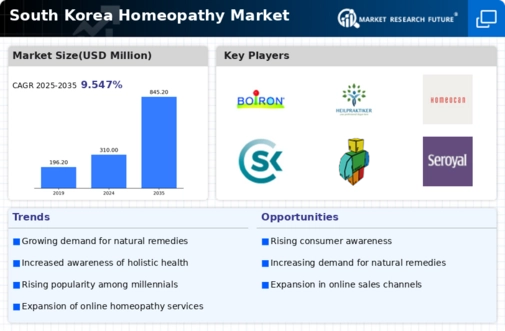
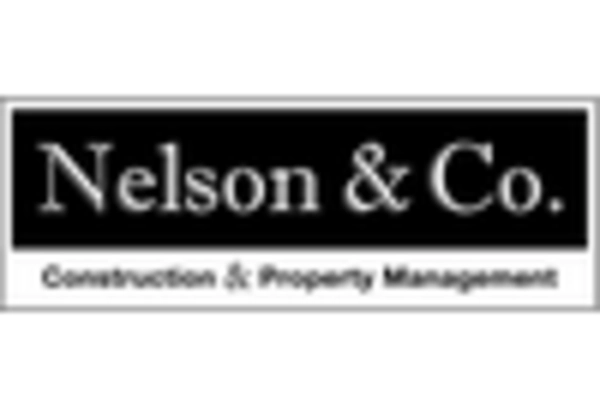
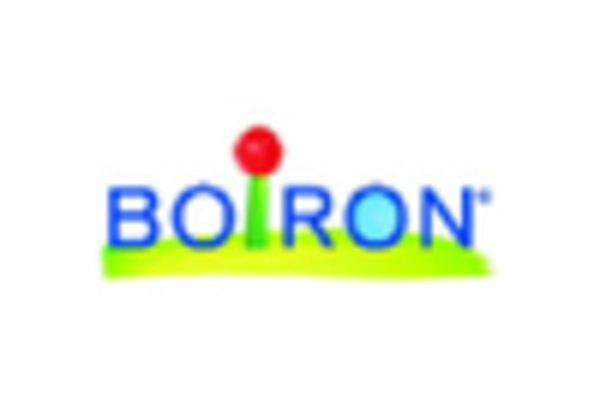
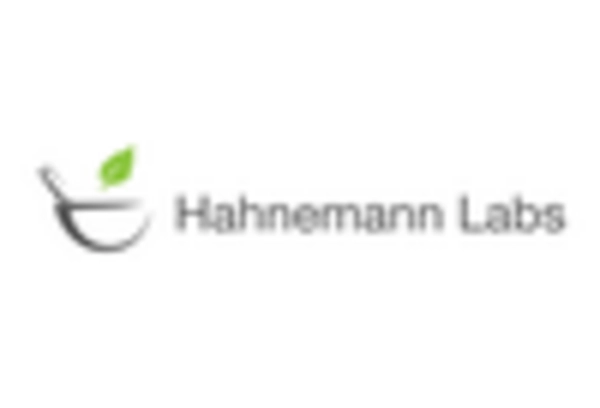
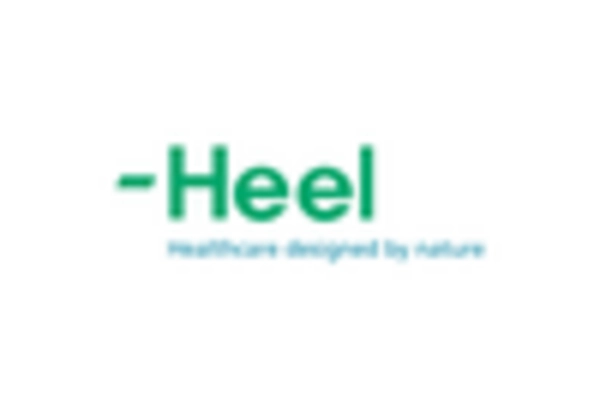
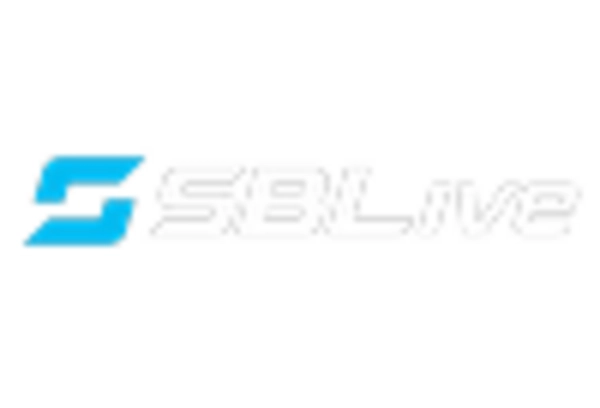
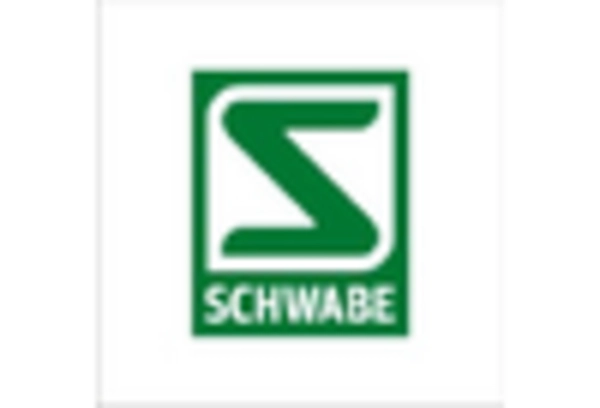








Leave a Comment